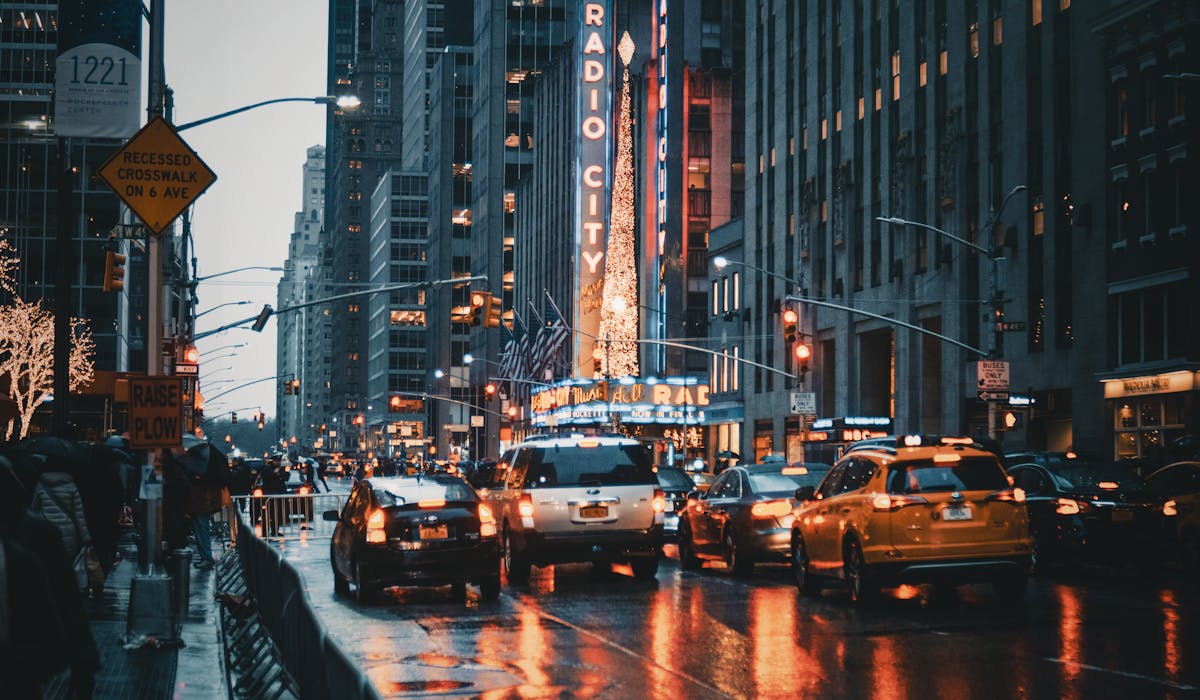The Basic Principles Of Framing Streets
The Basic Principles Of Framing Streets
Blog Article
Framing Streets for Beginners
Table of ContentsWhat Does Framing Streets Mean?The Framing Streets StatementsUnknown Facts About Framing StreetsThe Basic Principles Of Framing Streets 4 Easy Facts About Framing Streets ShownRumored Buzz on Framing Streets
, typically with the aim of recording images at a decisive or touching moment by careful framework and timing. https://framing-streets.creator-spring.com/.
His boots and legs were well specified, but he is without body or head, because these were in motion." Charles Ngre, waterseller Charles Ngre. https://www.intensedebate.com/people/framingstreets1 was the first digital photographer to attain the technical elegance needed to sign up people in movement on the road in Paris in 1851. Photographer John Thomson, a Scotsman dealing with reporter and social protestor Adolphe Smith, published Road Life in London in twelve regular monthly installments beginning in February 1877
What Does Framing Streets Mean?
Eugene Atget is considered a progenitor, not due to the fact that he was the first of his kind, but as a result of the popularisation in the late 1920s of his document of Parisian streets by Berenice Abbott, that was motivated to embark on a comparable paperwork of New york city City. [] As the city established, Atget helped to promote Parisian roads as a deserving subject for photography.

Framing Streets Things To Know Before You Get This
Martin is the very first videotaped professional photographer to do so in London with a masked cam. Mass-Observation was a social research organisation established in 1937 which intended to tape-record everyday life in Britain and to tape the responses of the 'man-in-the-street' to King Edward VIII's abdication in 1936 to wed separation Wallis Simpson, and the succession of George VI. The chief Mass-Observationists were anthropologist Tom Harrisson in Bolton and poet Charles Madge in London, and their first record was created as the publication "May the Twelfth: Mass-Observation Day-Surveys 1937 by over two hundred onlookers" [] Window cleaner at Kottbusser Tor, Berlin, by Elsa Thiemann c. 1946 The post-war French Humanist School photographers found their topics on the road or in the restaurant. Between 1946 and 1957 Le Groupe des XV yearly showed work of this kind. Andre Kertesz. Circus, Budapest, 19 May 1920 Street photography created the major recommended you read material of two exhibits at the Gallery of Modern Art (Mo, MA) in New York curated by Edward Steichen, 5 French Digital Photographers: Brassai; Cartier-Bresson, Doisneau, Ronis, Izis in 1951 to 1952, and Post-war European Photography in 1953, which exported the principle of street digital photography internationally.

Framing Streets for Beginners
, then a teacher of young kids, associated with Evans in 193839.'s 1958 publication,, was significant; raw and typically out of focus, Frank's pictures questioned mainstream photography of the time, "challenged all the official guidelines laid down by Henri Cartier-Bresson and Pedestrian Evans" and "flew in the face of the wholesome pictorialism and genuine photojournalism of American publications like LIFE and Time".
Report this page